What Hong Kong is like now it’s finally reopened
It’s spent years largely cut off from the rest of the world. But now, this iconic city is back in action — with a few changes since we were last there.
After a long spell in hibernation, Hong Kong is roaring back to life.
A long-beloved travel destination, global food capital and key finance hub, the region spent the last few years largely shut off from the world as spiralling domestic unrest deterred international travellers and pandemic lockdowns dragged on for longer than in most other places.
Now, it’s back on the grid. Hong Kong reopened to international visitors in May; Qantas has since resumed flights from Sydney and Melbourne and launched its revamped Hong Kong airport lounge, a sure-fire signal the city is back in business for Aussie travellers.
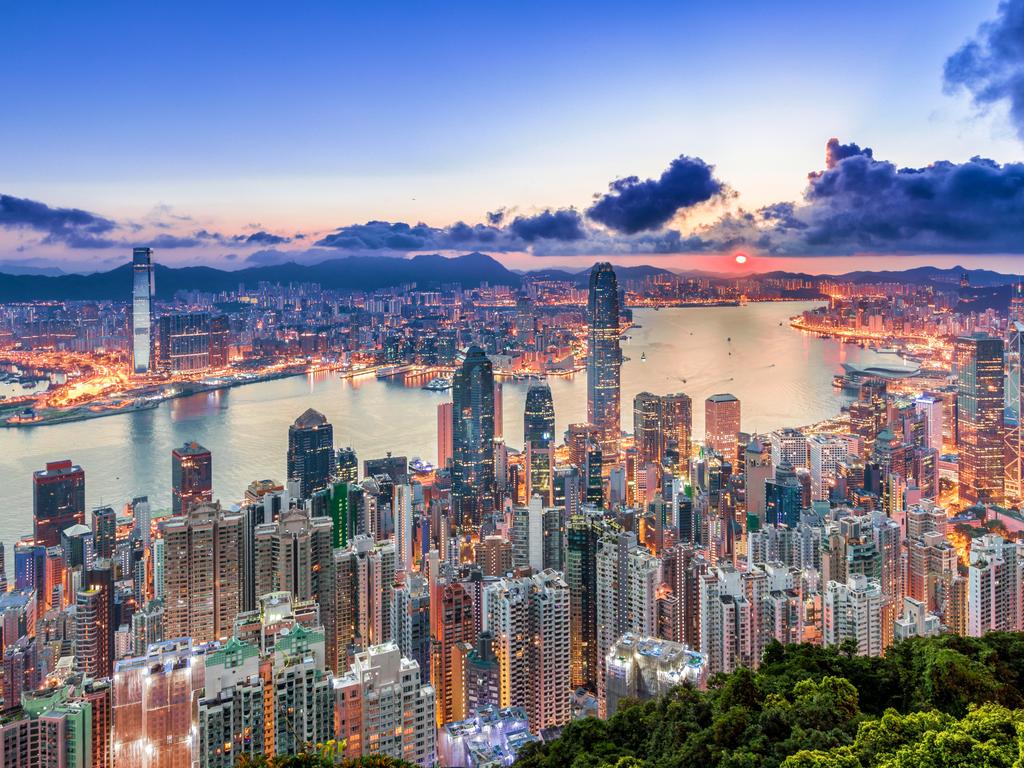
As visitor numbers continue to climb (there are no pandemic-era restrictions on arrival) the world is being reminded of what has always made Hong Kong great: its phenomenal cuisine, its unique blend of old and new, that particular buzzy energy it has which seems to soak into your skin and fire lightning through your veins.
It’s an electric, ever-evolving city alive with possibilities and new things to discover — and there have been some exciting changes in the years we’ve been away.
Whether you’re a first-time visitor or making a long-awaited return, here are some of the best ways to spend your time in the freshly reawakened Hong Kong.

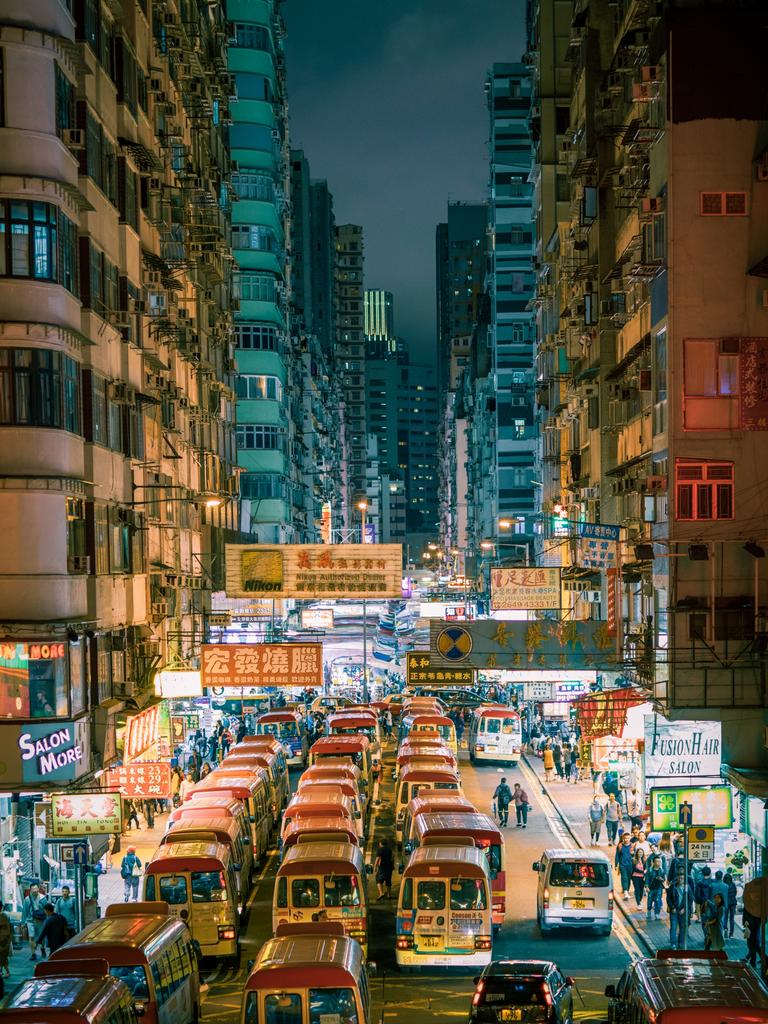
Glorious food, including lunch for $1
It’s impossible to have a bad meal in Hong Kong. From street hawkers to high-end restaurants, the culinary capital of Asia is packed with places to eat and the standard is sky-high.
And while Hong Kong can be expensive to visit, some offerings are shockingly cheap. At the Wan Chai wet market on Hong Kong Island, grab-and-go stall Bao Dim Tat Yan sells huge steamed buns for just $HK6 — about $1.15. The buns are massive, fluffy as pillows and packed with delicious fillings like barbecued pork and chicken — and while you can season them with soy sauce, they’re so tasty, they don’t even need it.
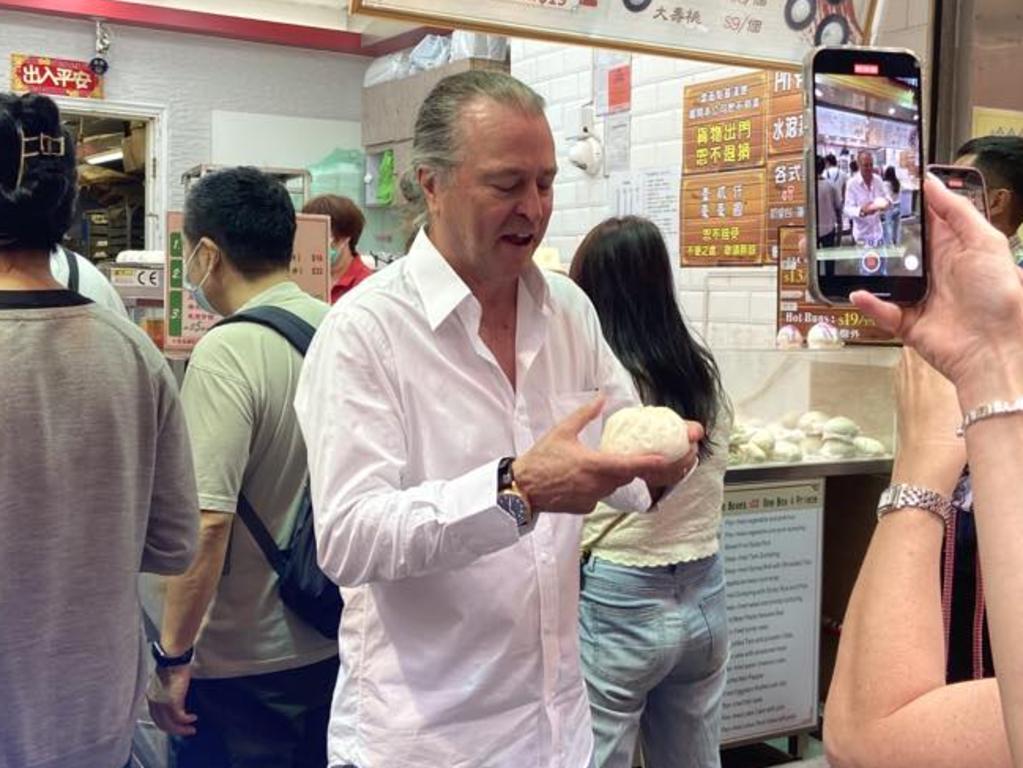
Our favourite meal in Hong Kong was at Little Bao, a cool little eatery in Central’s trendy Soho district, where Canadian-born chef and owner May Chow takes on classic diner food with a playful Chinese twist. Dishes include truffle fries with braised shiitake tempeh, shrimp tacos, and a wide variety of bao – including the excellent fried chicken bao with Chinkiang (black vinegar) glaze and Szechuan peppercorn mayo, which we washed down with local craft beers.
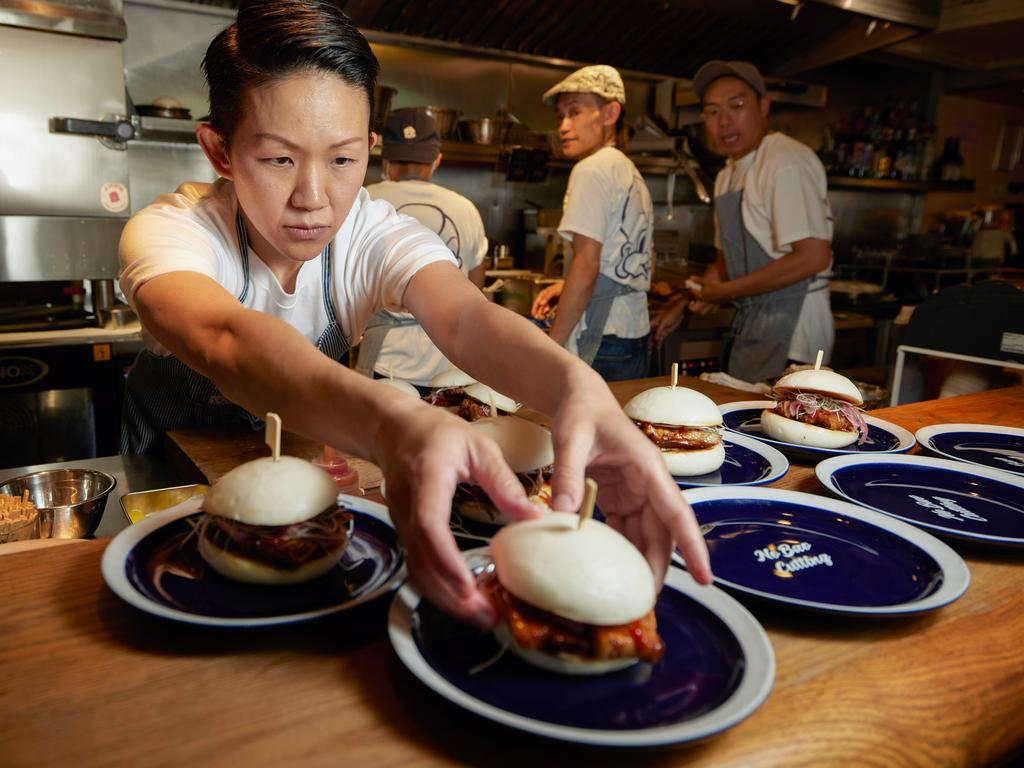
This isn’t slapped-together east-west fusion food just for the hell of it – Chow’s menu thoughtfully draws on her Chinese heritage and North American upbringing, and she admits she first had to master traditional bao worthy of her mother’s approval before daring to add a western flourish. The result, we reckon, is out of this world.
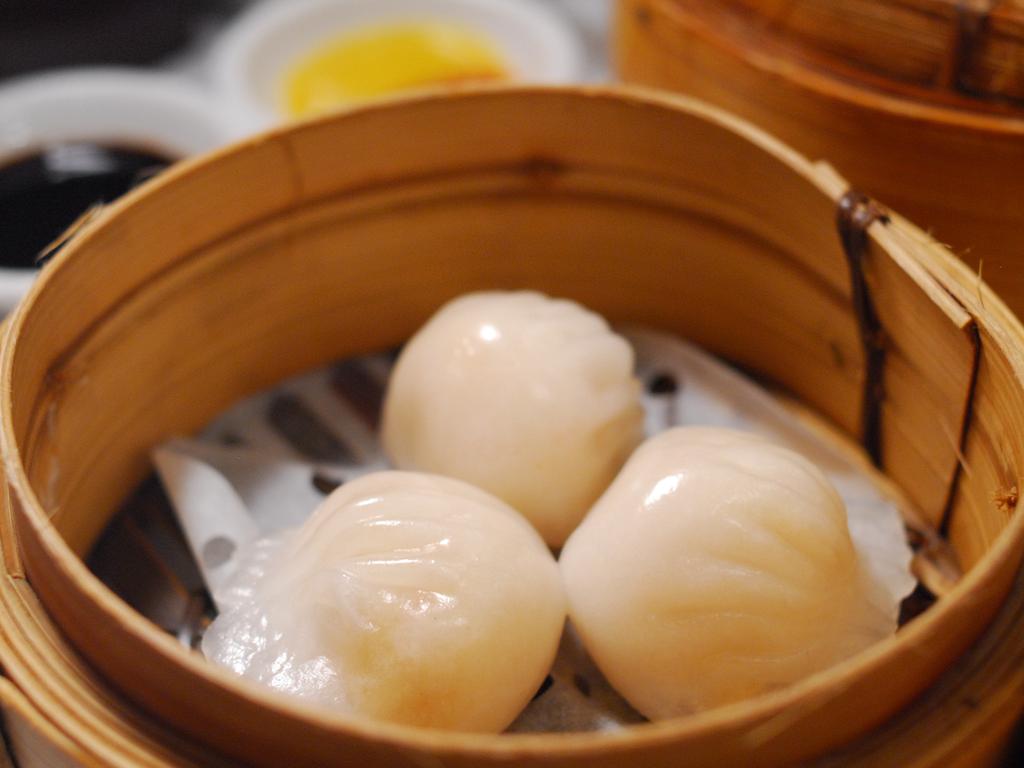
For a real taste of old Hong Kong, Luk Yu TeaHousein Central is one of the oldest and most famous yum cha restaurants in the city. Constantly abuzz with ravenous diners, the art deco restaurant has dished up dumplings and other yum cha classics since 1933. If you’re not going to have yum cha in Hong Kong, what exactly are you doing there?
Concrete jungle and the great outdoors
Hong Kong’s kaleidoscopic cityscape is an iconic sight, and there’s no better way to take it all in than on a boat in Victoria Harbour, with Hong Kong Island on one side and Kowloon on the mainland on the other.
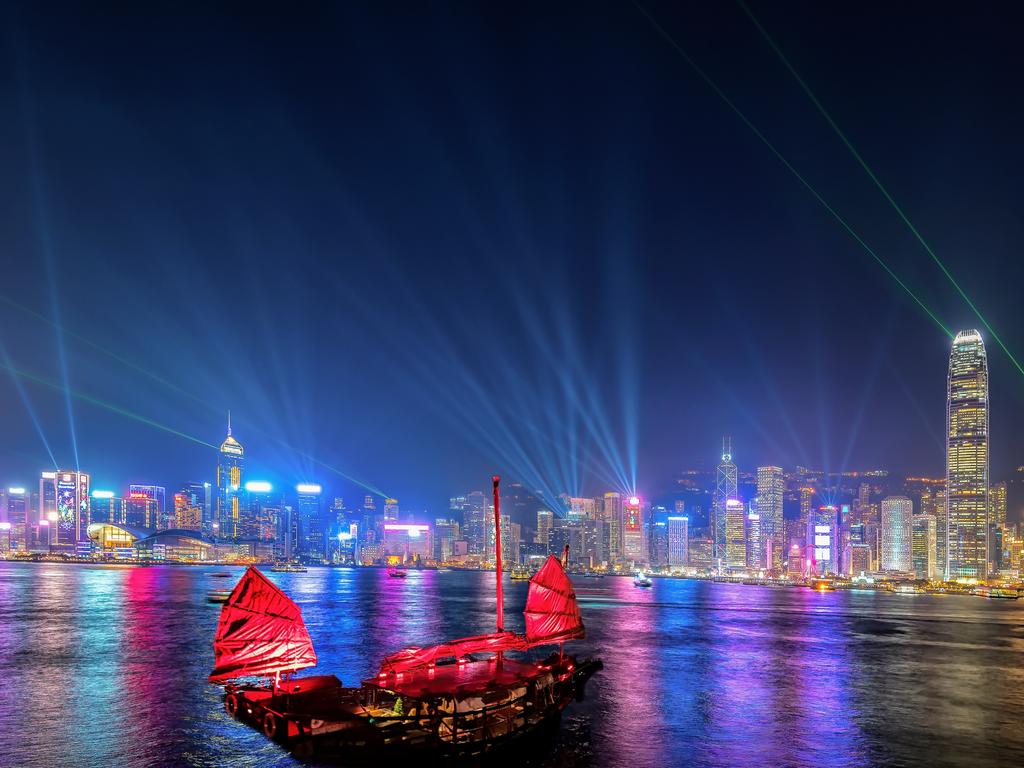
Plenty of operators offer night time harbour cruises. With Aqua Luna, you can sit back with cocktails and marvel at the views as the stately junk boat crawls up and down the magnificent waterfront. If you have less time and money, take a commuter ferry between Kowloon (Tsim Sha Tsui) and Central, preferably at night for the twinkling views – the ferries run until late. Pay at the ferry pier on either end – the highest single fare is $HK6.50 ($1.30) for an adult. It only takes 10 or so minutes to cross the harbour, but you’ll still see the bright city lights in all their splendour.
Need a break from those dazzling lights and swarming streets? About 70 per cent of Hong Kong is countryside – vast expanses of jaw-dropping natural beauty, island beaches and country parks – and all easily accessible from the city centre.

For a restorative day trip, take the Ngong Ping Cable Carover Lantau Island to enjoy panoramic views of rolling green hills while you drift serenely to the summit. At the village at the top, you can spend hours wandering around the shops and attractions, including the Po Lin Monastery and the 34m bronze-cast Tian Tan Buddha (“Big Buddha”) statue, one of the largest in the world. It’s worth climbing the 268 steps to reach the Buddha, where sweeping views of the lush countryside await you.
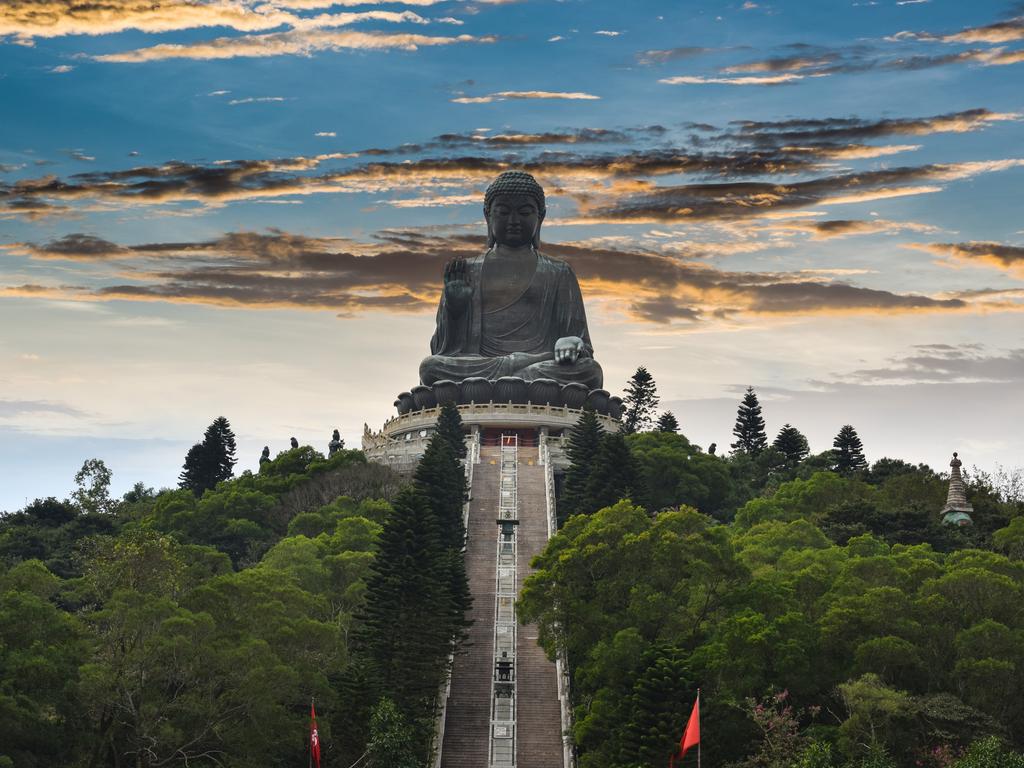
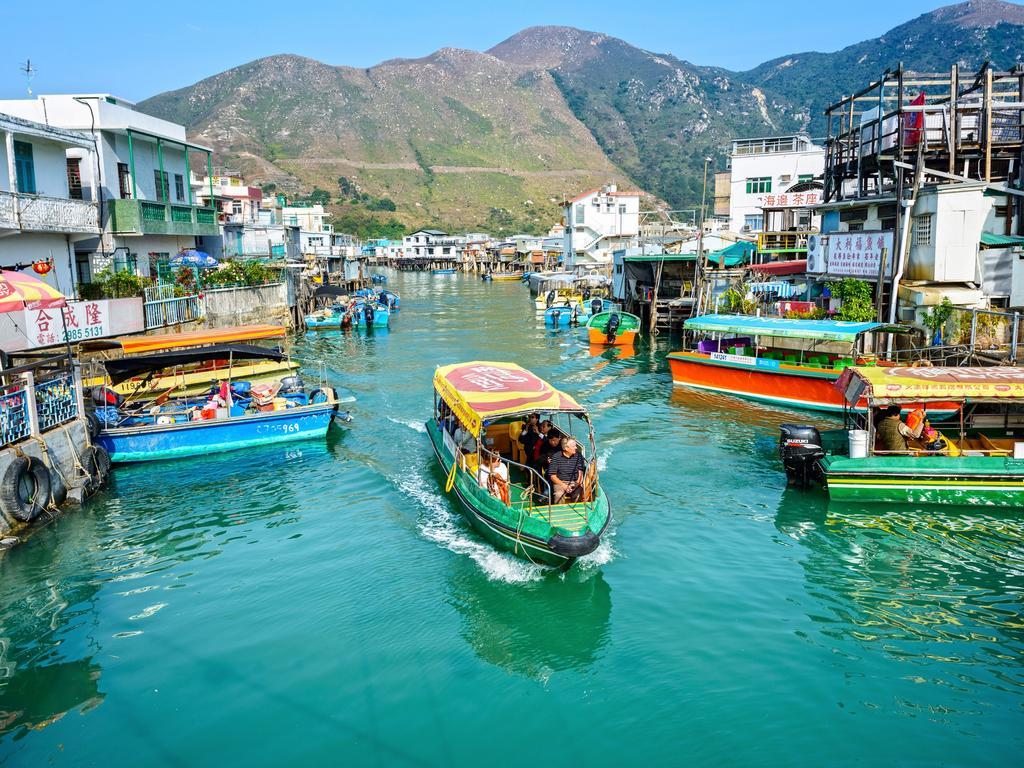
Also on Lantau Island is the Tai O fishing village, where for generations the Tanka people have fished and lived in traditional stilt houses on the water. Take a boat tour to explore the canals and see these remarkable houses up close. Once you’ve built up your appetite, we recommend lunch at Fook Mun Lam Chinese restaurant near the Tai O markets for humble and delicious Hong Kong-style seafood.
Where old meets new
A whole new district has sprung up on Hong Kong’s mainland since we’ve been away. The West Kowloon Cultural District – a hub for modern and traditional arts, built on reclaimed land on the harbourfront – is now home to two must-visit attractions: the M+ visual arts museum and Hong Kong Palace Museum.
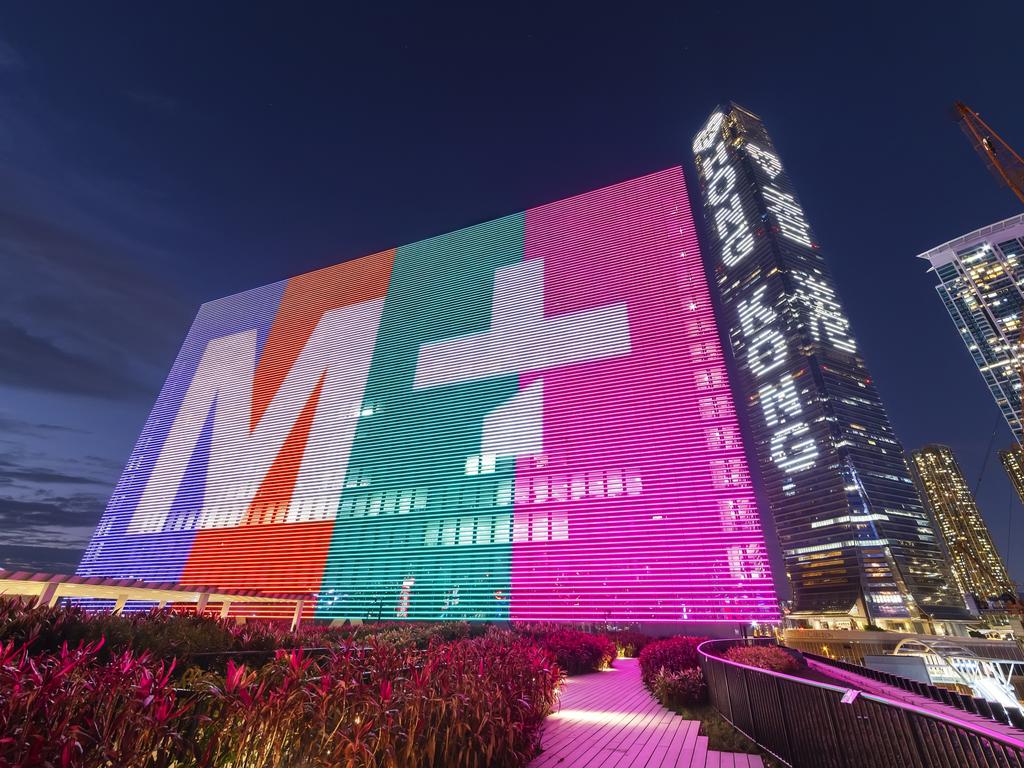
M+ opened in 2021 and is already a heavyweight on the global contemporary art scene. The striking, sprawling building (nearly twice the size of London’s Tate Modern) houses 17,000sqm of gallery space that predominantly celebrates Hong Kong’s modern and contemporary artists across visual art, moving image, design and architecture and modern visual culture.
It also has an Australian link: M+’s museum director Suhanya Raffel previously served as deputy director and director of collections at the Art Gallery of NSW. A few tips for your essential visit to M+: visit the rooftop for fantastic views, definitely check out the gift shop, and if you get hungry, the food at on-site restaurant ADD+ is great.

For a look back at the past, the nearby Palace Museum boasts more than 900 priceless items on loan from Beijing’s famous museum of the same name. It is a treasure trove of Chinese art and antiquities, with nine permanent and special exhibitions that currently includes showcases of ancient gold, precious objects from the Forbidden City, portraits of Qing emperors and empresses, and ceramics from the Ming and Qing dynasties. The museum’s scope isn’t limited to Chinese artefacts, though – our recent visit coincided with a truly drool-worthy exhibition of Cartier jewels through the ages.
Save space in your suitcase
Speaking of Cartier: it, along with the likes of Louis Vuitton, Hermes and Chanel, are among the luxury brands whose stores line up-market boulevards such as Canton Rd in Kowloon, drawing streams of cashed-up shoppers well into the evening. That’s great, for the crazy rich among us. The rest of us are keen to shop for something a little more affordable, and perhaps different to what’s also available at home.
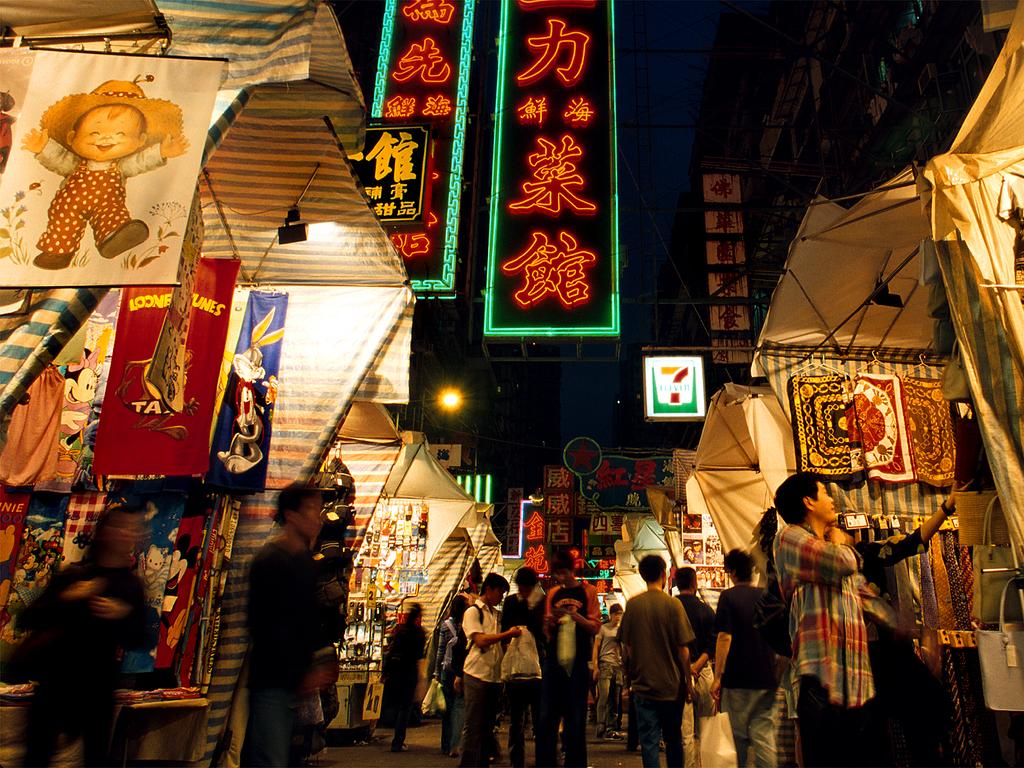
The Ladies’ Market (Tung Choi St, Mong Kok) is a kilometre-long outdoor bazaar that’s a lot of fun (and not just for ladies). There are about 100 stalls spruiking every item category imaginable at bargain prices. OK yes, there is a bit of tacky tat: plastic toys, dubious electricals, some pretty gaudy undergarments. (The knock-off designer handbags seem convincing enough, though.) But if you’re willing to lean into the fun and really browse, you’re likely to find some unique souvenirs at a steal. Note: haggling is mandatory and bring cash.
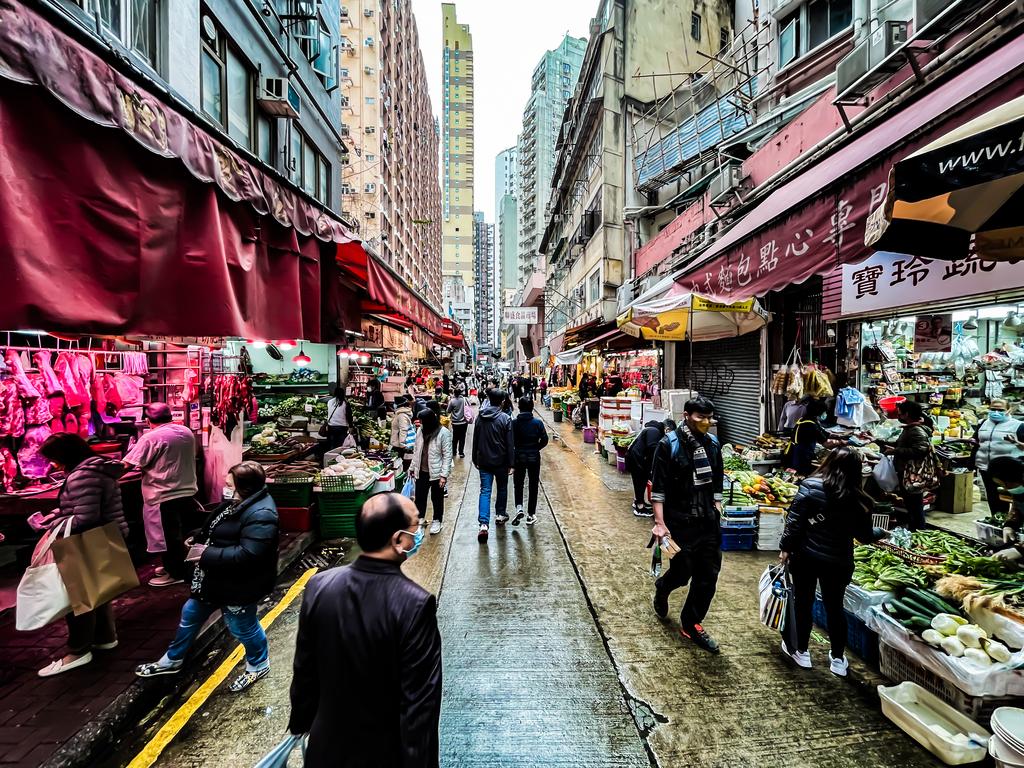
For a different retail experience, spend time in the bustling Wan Chai wet market in and around Wan Chai Rd on Hong Kong Island. It’s packed with locals zipping around shopping for their daily groceries: mainly seafood (much of it butchered in public view; avert eyes if squeamish), but also meat, fruit and vegetables, and longer-life items. While you won’t find many souvenirs to take home – lest you fall foul of customs officials at the airport – the wet market is a compelling portal into daily life in Hong Kong, and showcases exciting ingredients we either can’t get, or struggle to find, in Australia. (It’s also worth the visit for those $1 buns.)
This writer visited Hong Kong as a guest of Qantas and the Hong Kong Tourism Board






